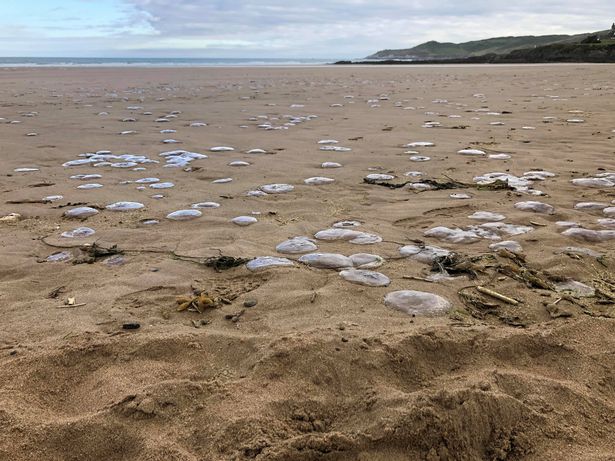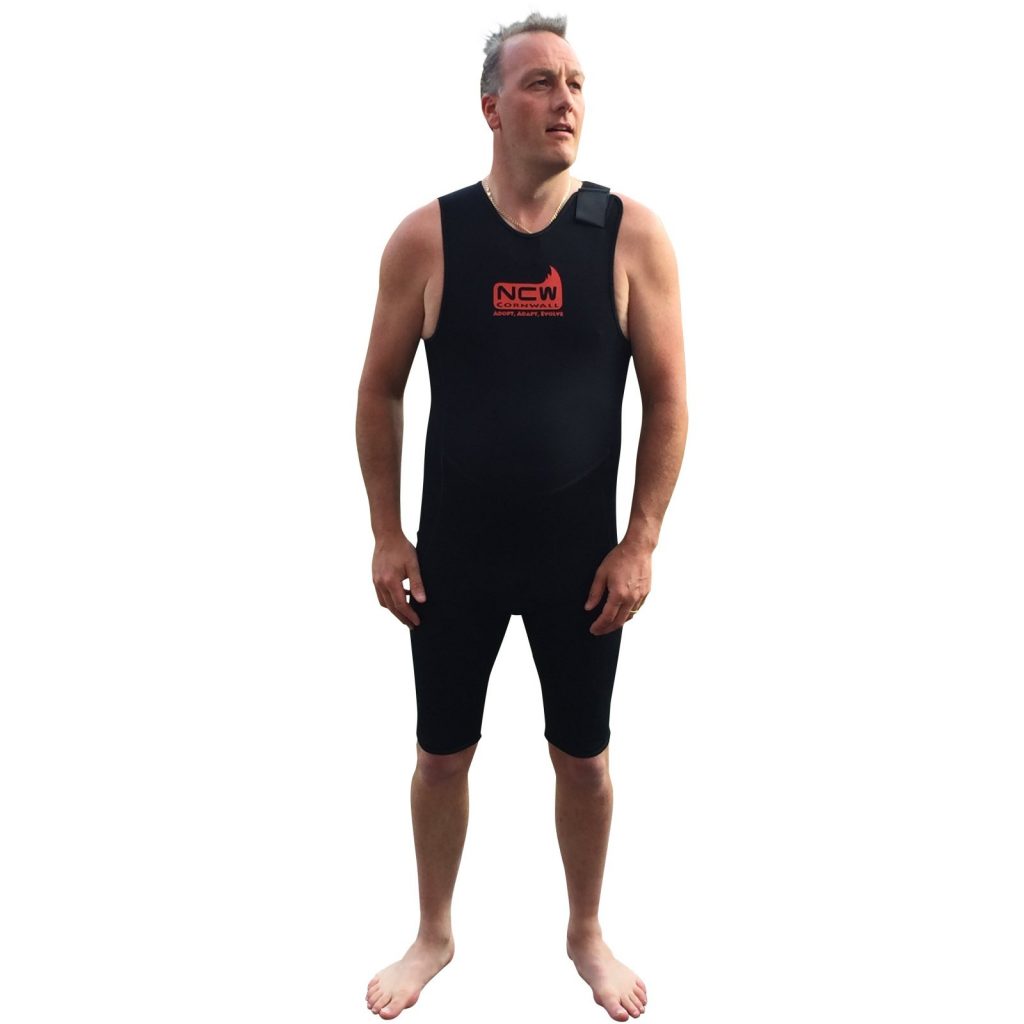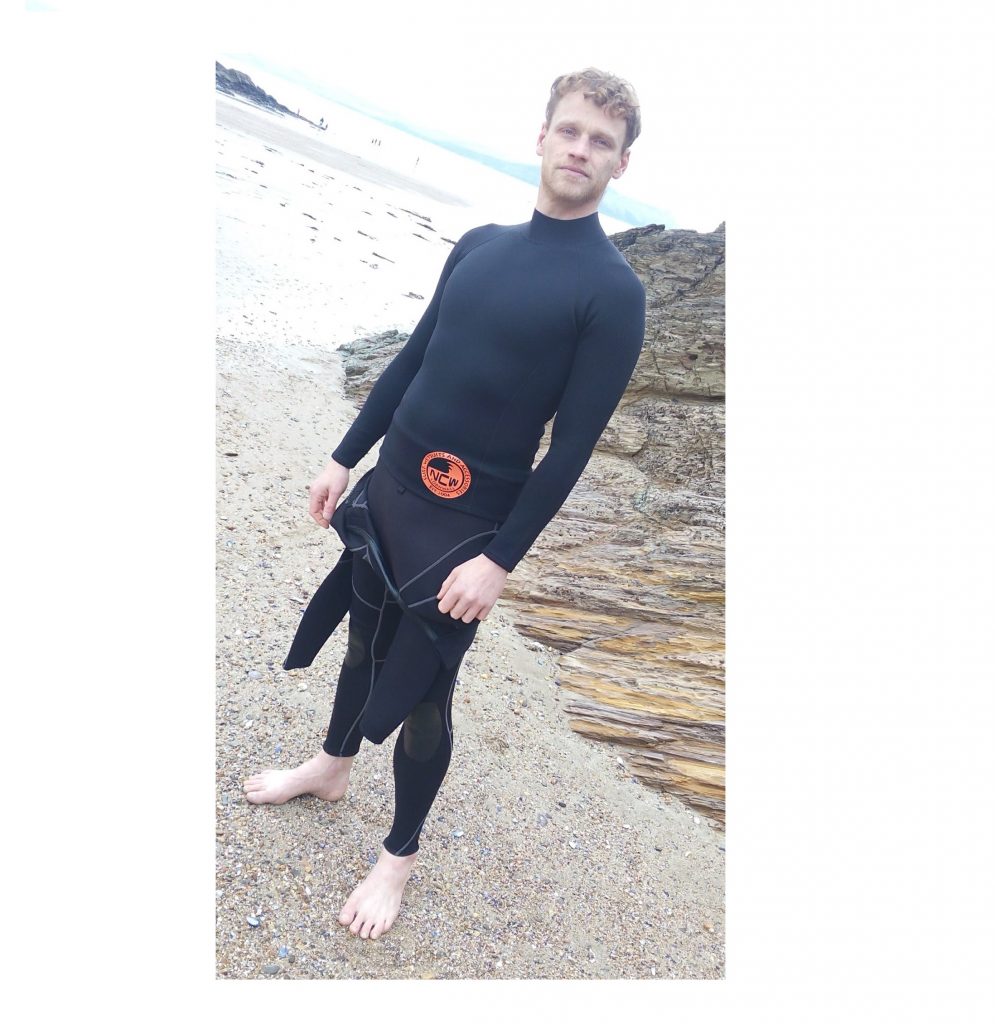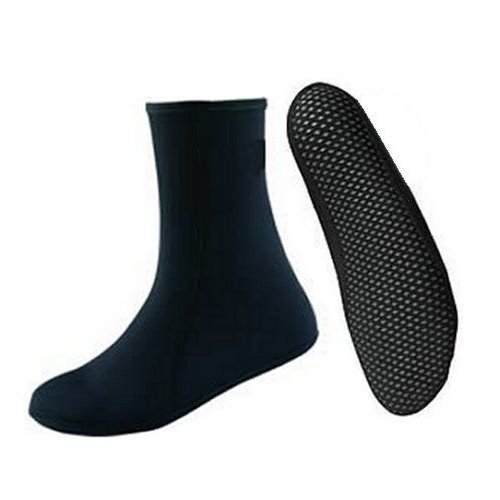Jellyfish, whilst fascinating to observe, can be rather annoying for anyone heading for UK waters. Mostly during summer the UK sees large swathes of jellyfish coming into the shallows and ending washed up on beaches after storms. There are many different species – as this NCW article talks about. But what most people going in the sea want to know is how to protect against potential stings.

Protecting against jellyfish stings.
For the most part, jellyfish stings can be an annoying, moderately painful experience. Stings can hurt but the pain subsides pretty quickly. Depending what type of jellyfish we’re talking about does dictate the sting’s severity. There’s certainly a risk of anaphylaxis for some victims of jellyfish stings. And this shouldn’t be taken lightly. Fortunately, any jellyfish sting pain and soreness does diminish rapidly for the majority of us. There are ways to protect against jellyfish stings though.
If you know there are jellyfish in the water then some neoprene protection is a good idea. Taking a dip in just boardies or bikini means you’ve more skin on show. And the UK being the UK there’s always the additional risk of getting too cold. This isn’t the Tropics after all! A 1.5mm long sleeve at the very least can be a barrier against jellyish tentacles.

Short John unisex thermal lined 2mm shoulder opening wetsuit

1.5mm Neoprene Thermal Long Sleeve Rash Vest (unisex fit)
Consider a short john wetsuit, paired with the aforementioned rash vest for a more layered barrier. And go the whole hog with a long john and rashie if you’re concerned about exposed legs.
More options.
We know a few people who take the additional steps of adding NCW neoprene socks when heading for the sea even in summer. Being 3mm your feet won’t overheat but you’ll get some additional protection if you feel it’s needed. Swim caps (as much for being seen as anything) and NCW’s Merino wool glove and boot liners (which can be worn as stand alone products) all do a great job of protecting. If you feel your face needs protecting then vaseline or petroleum jelly can help prevent stings.

3mm wetsuit socks with a fleece lining & grippy soles

Cold hands in the water ? GET MERINO WOOL WARM WETSUIT GLOVE LINERS FOR YOUR WETSUIT GLOVES
Ultimately there are plenty of options depending on how much you want to wear and what you feel the risk is. This goes for weather as much as jellyfish stings. We talk about layering often. Whilst this is mostly in relation to keeping toasty and warm layers can also fend off jellyfish stings. The more layers you have on the less likely you are to be stung. But also be aware of overheating in too much gear during summer.
For more about what to do in the event of jellyfish sting hit this link.
And don’t forget to check out the related articles below.

